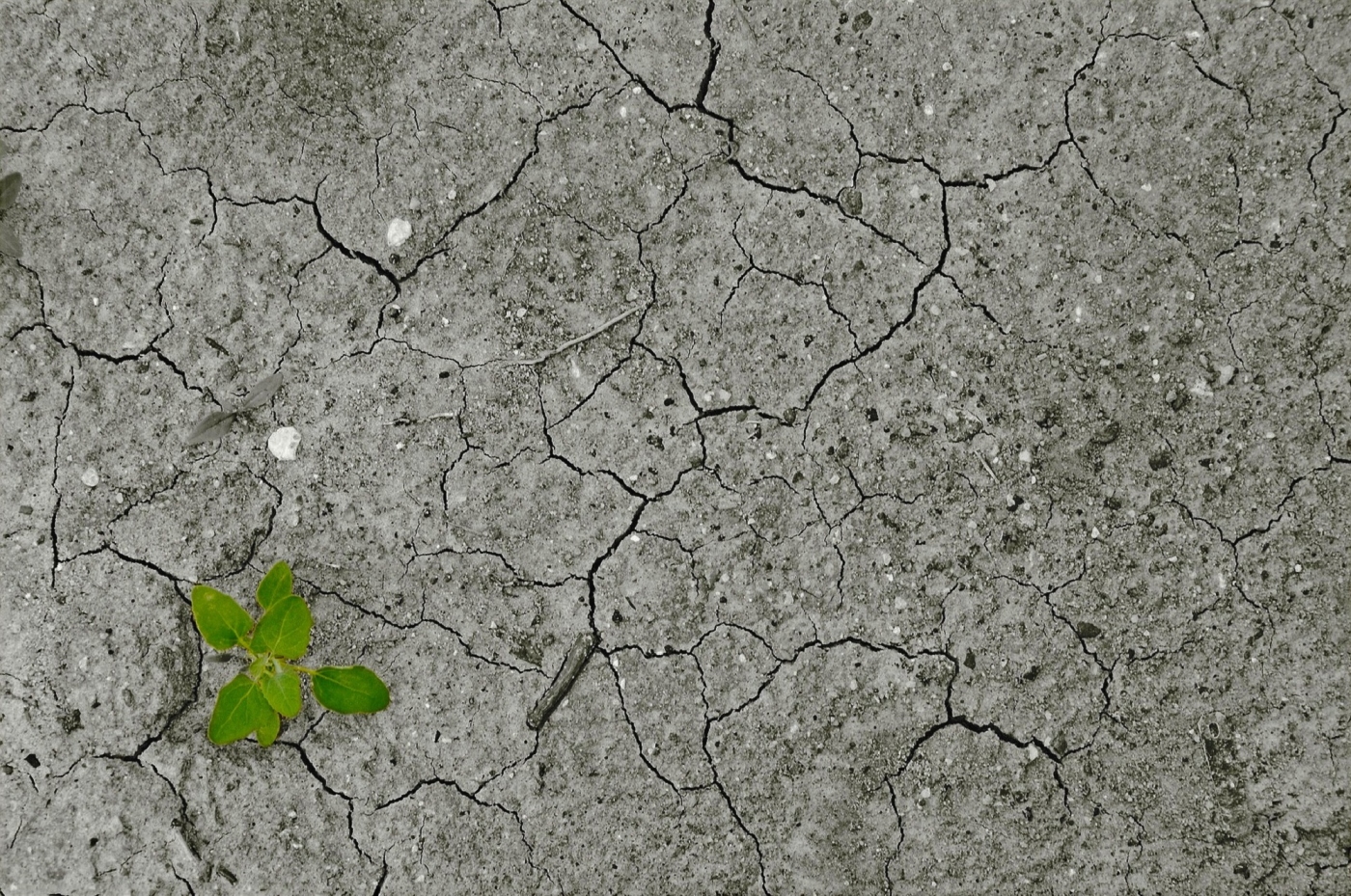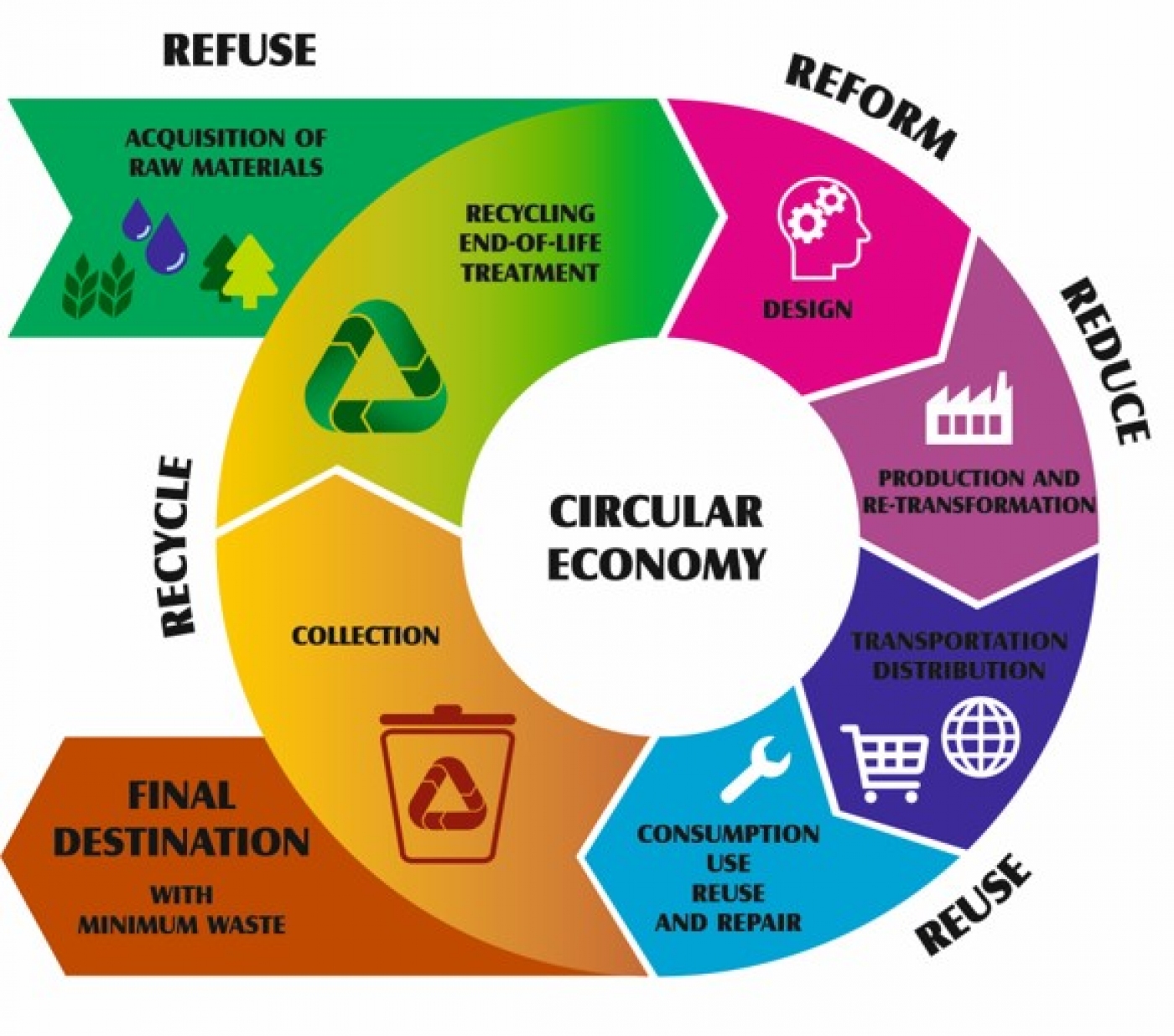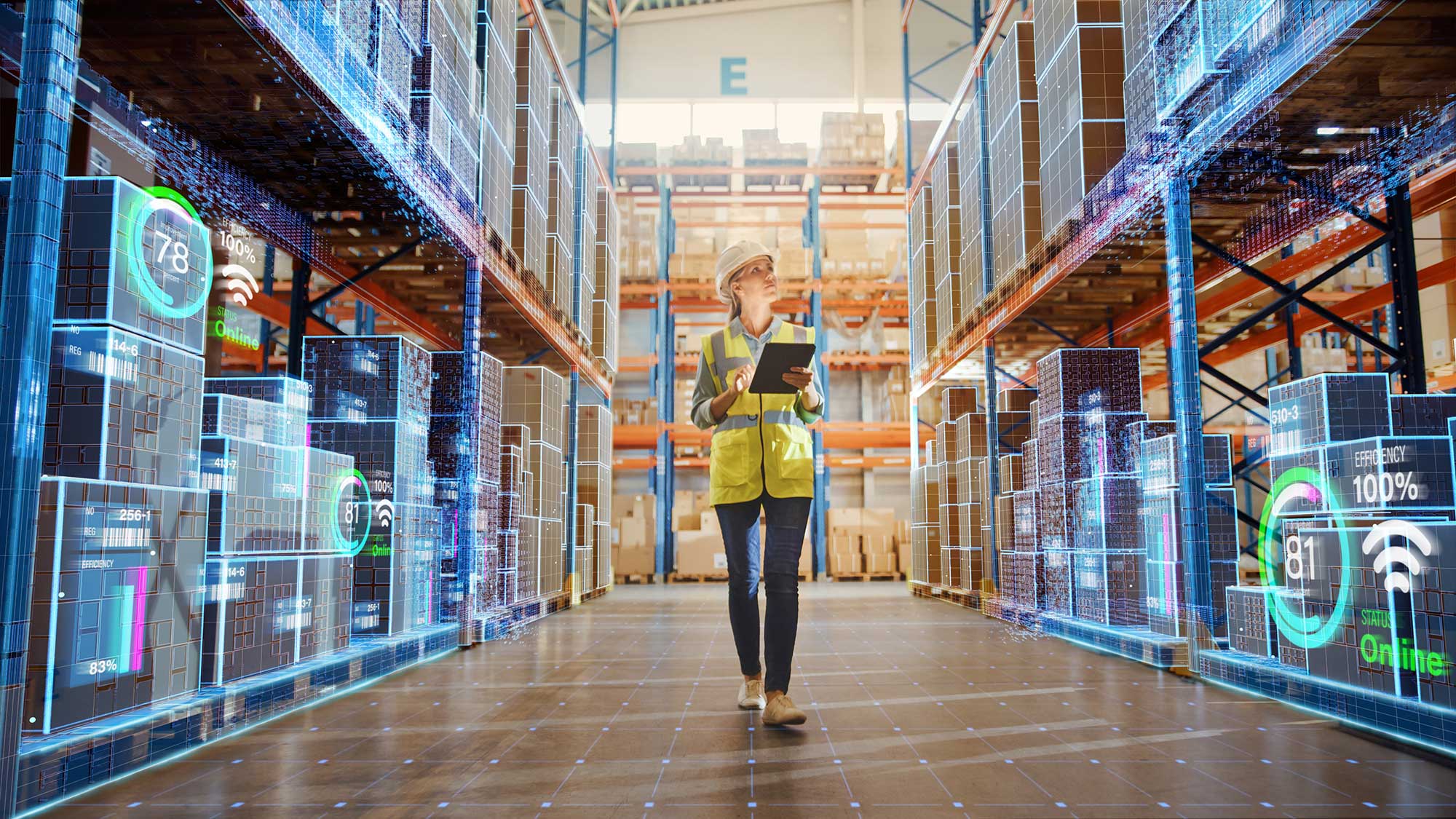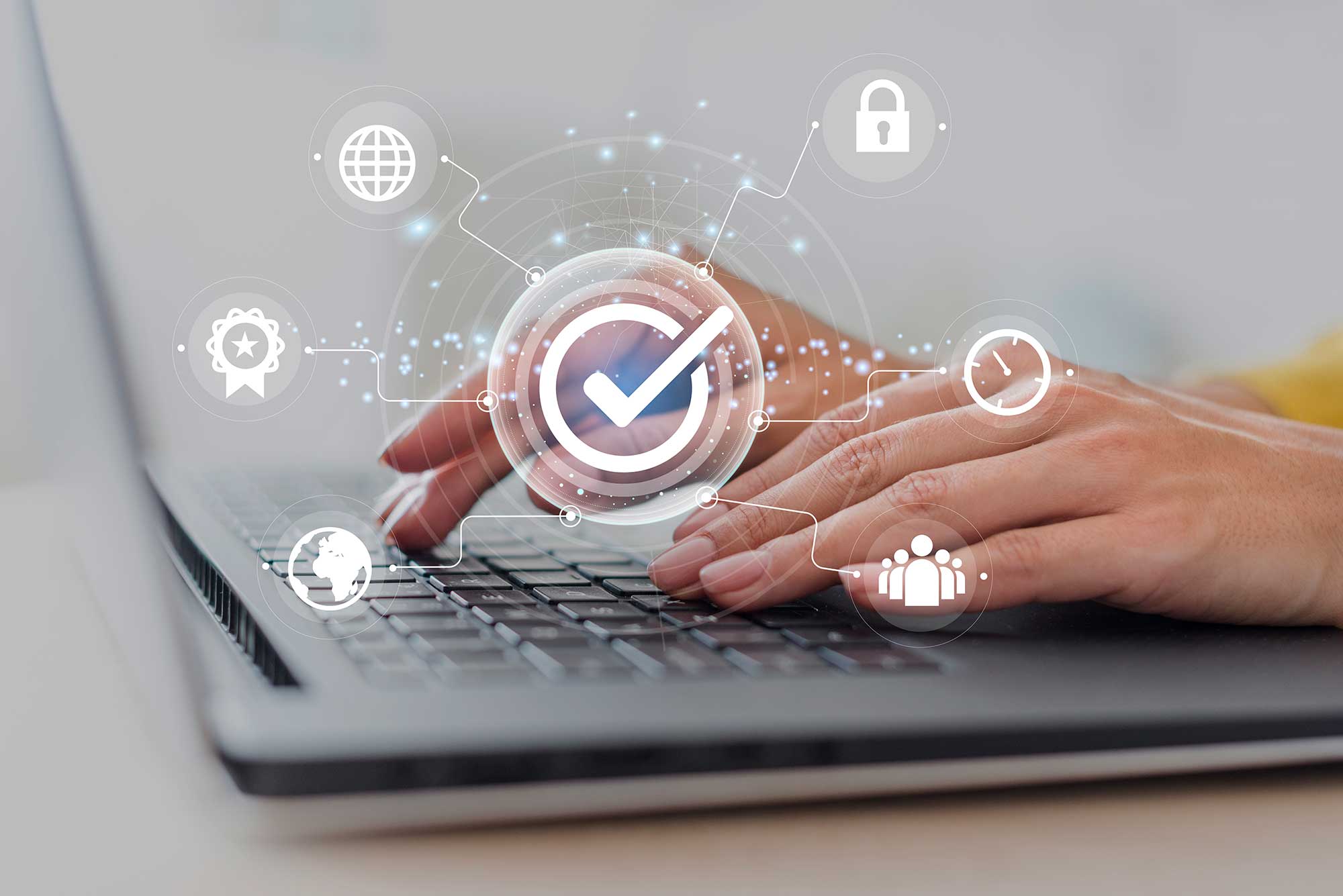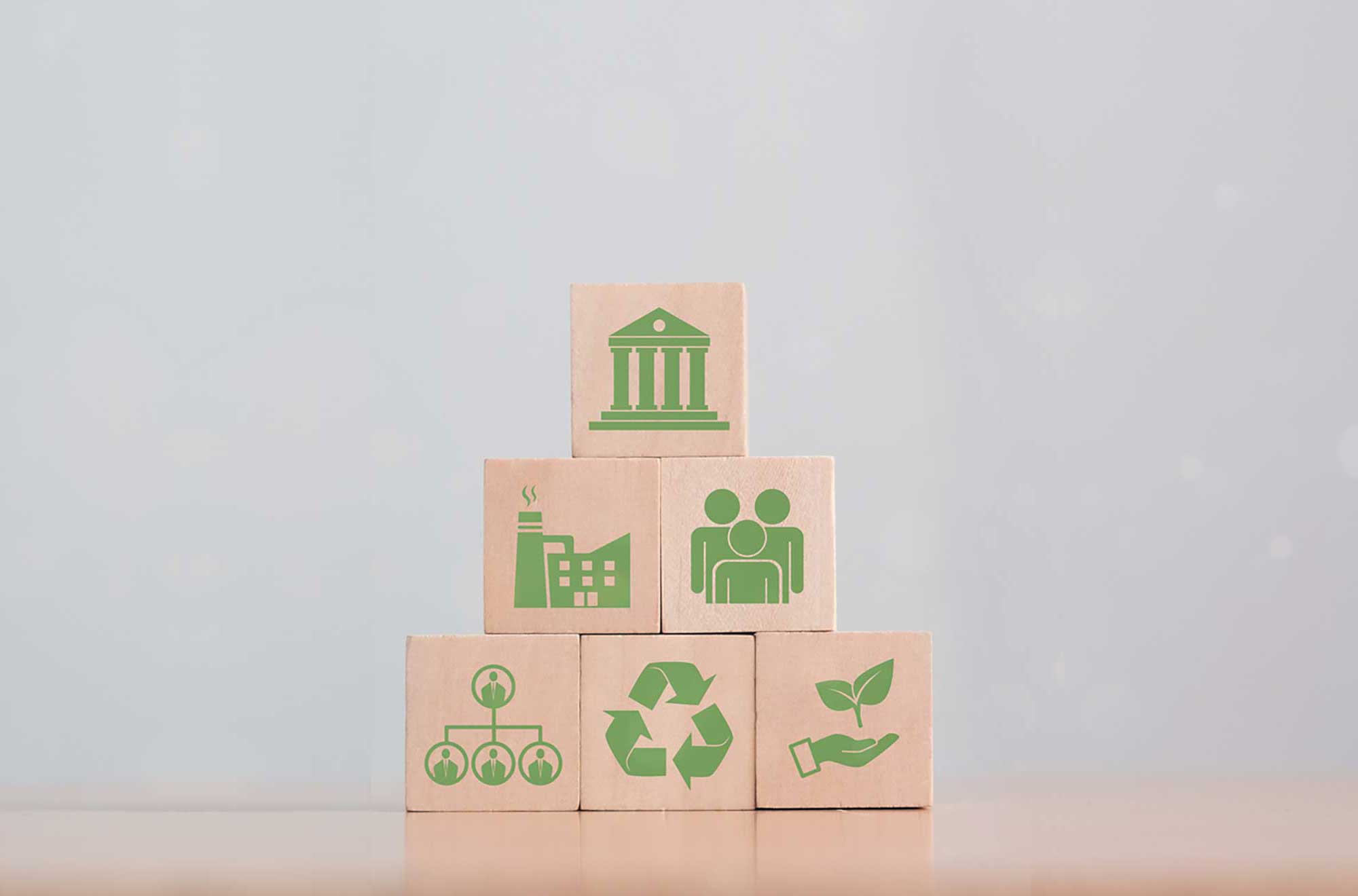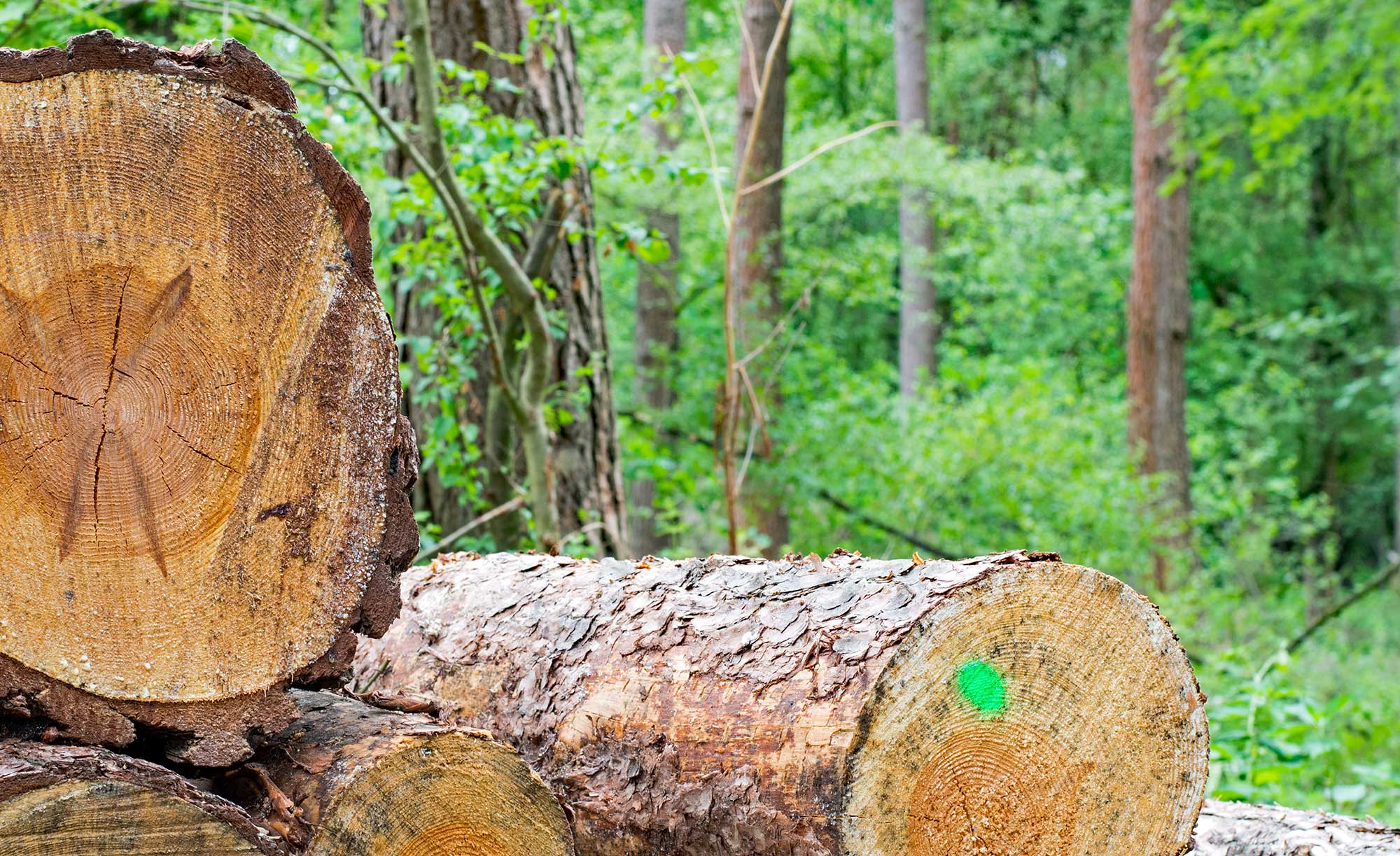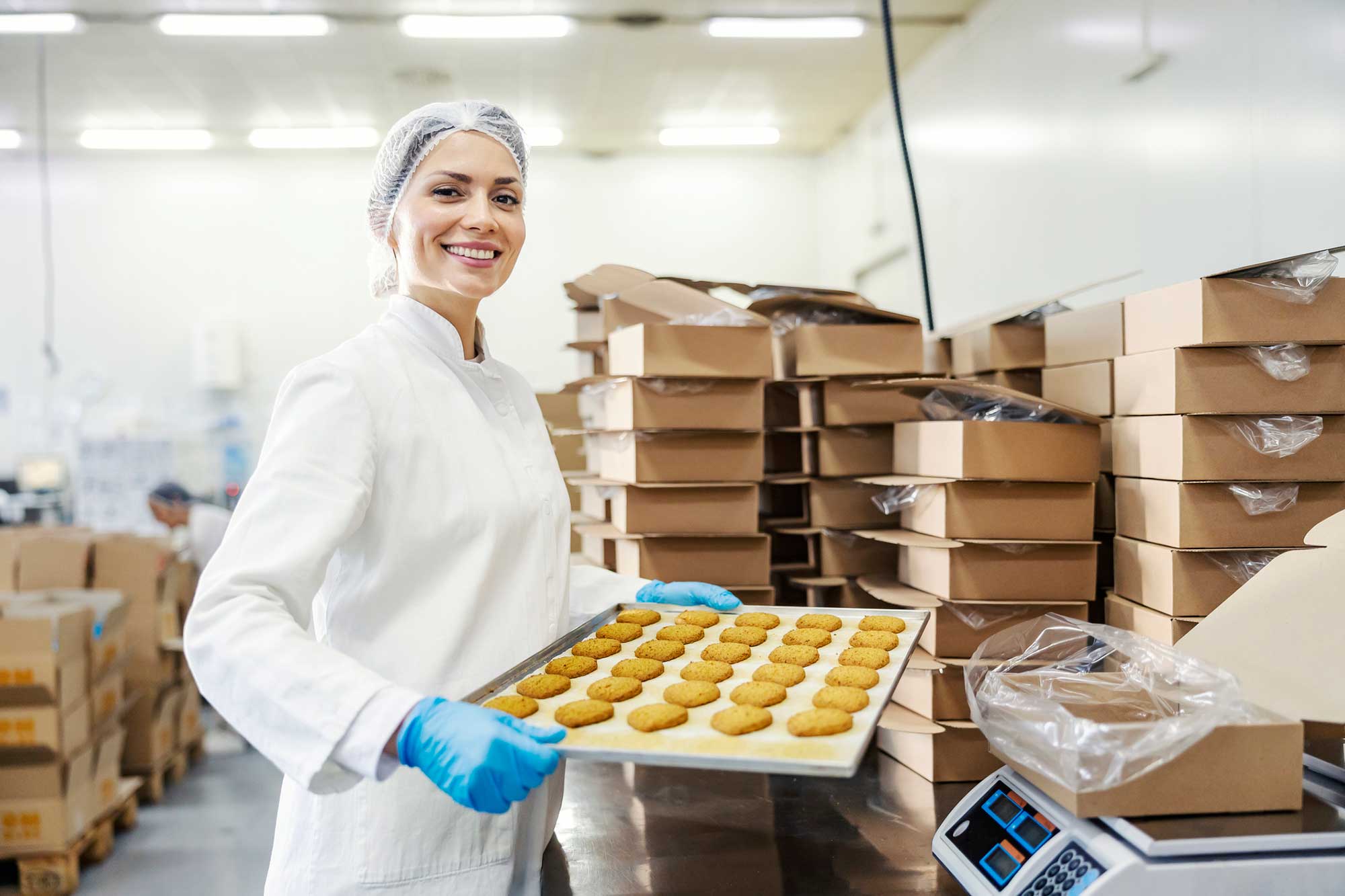Circular Economy (CE) is an economic concept whose fundamental principle is to keep resources withdrawn and coming from the environment in the economic circuit, therefore extending their life cycle and avoiding their return in the form of waste.
This paradigm promotes and allows processes in the value chain to increase its effectiveness and efficiency, reducing unnecessary consumption and the need for excessive extraction of resources from nature. The reduction in the necessity for natural resources softens the effects of human activity on the environment. It stimulates the search for an effective usage rather than the ownership of resources.
The concept of CE itself circulates in our day-to-day lives, but is often lost when applying it. The transition to this type of economic model is facilitated if we focus on the existing measures/solutions that promote circularity and on the application of the various R's in the various stages of the value chain - we can consider five R’s: Refuse, Reflect, Reduce, Reuse and Recycle.
All sectors, one way or the other, benefit from the transition to CE, but these advantages vary according to their intervention in the value chain, for example:
ACQUISITION OF RAW MATERIALS
Increase in the efficiency of extraction processes and new businesses resulting from the circularity of products (eg companies in the recycling business).
The option for new resources, to the detriment of others more harmful to the environment, can generate new opportunities and eventually reduce production costs - the use of renewable energy production is increasingly cheaper and efficient, “environmentally friendly” alternative materials increase by the day, often with lower acquisition costs. ISO 20400 (Sustainable Procurement) standard is an important tool at this stage.
DESIGN AND PROJECT
The development of new, alternative and innovative products and services with greater added value.
Environment and climate change are at the order of the day and marketing increasingly promotes solutions that include the principles of circularity. The design stage is not limited to materials and products, but also applies to solutions for production and service provision.
Examples of solutions are the application of the best available techniques (BAT), the use of more efficient equipment (eg. with greater energy efficiency and lower maintenance costs) and the preference for the usage of renewable energy and support resources with less impact (maintenance services with less impact).
The solutions can be applied in three elements: structural elements (such as facilities), productive elements (equipment) and operational elements (solutions with less impact, for example, by eliminating unnecessary procedures). It is in the project and design stage that these options are defined, which will then impact the remaining phases.
ISO 14044 (Life Cycle Assessment) and ISO 14006 (Eco-design) provide guidance in this regard and help in creating the basis for analyzing the life cycle of products and services.
PRODUCTION AND RE-TRANSFORMATION
Increased process efficiency, reduced costs and, consequently, increased margins and income, through reduction on energy costs and raw materials acquisition, increased efficiency in production processes and higher product added value.
Currently, organizations are already focusing on reducing process waste in order to reduce costs and to increase the added value of its products and services. However, they sometimes assume this efficiency considering the existing value chain. Looking for new alternatives in the production process and rethinking the production procedures can bring gains. The use of specialization can be a solution, taking advantage of the economies of scale of specialized companies, with improvements in efficiency and quality, and allowing organizations to focus on their main production flow.
The control of processes at this stage is essential to avoid deviations from what was initially planned and consequent process waste. The reuse and incorporation of recycled materials promote circularity in the value chain and the production of more efficient and good quality products increases its positive impact as well as its life span.
Standards such as ISO14001, FER - End of Waste Statute, ISO14067 (Carbon Footprint of the Product), ISO 14046 (Water Footprint) are important control tools for the final quality of products and for the control of production processes and their impacts.
TRANSPORT AND DISTRIBUTION
• The best logistics practices and techniques facilitate transportation and distribution, avoiding unnecessary and costly travel. Optimizing transport and distribution routes reduces consumption and can reduce delivery / collection times.
• The promotion and optimization of repair activities extends the useful life of equipment and means of transport, permitting for effectiveness and efficiency in the use of resources until the end of their life.
• The requalification and reconditioning of equipment also enables the availability of equipment in good condition at lower costs, this being an increasingly dynamic market.
• Encouraging local trade, when possible, facilitates agility in logistics and mobility in the value chain, and allows for closer relations between its various players.
In regards to services provision, the choice for remote communication technologies (tele and videoconferences, for example), whenever possible, prevents unnecessary expenses without compromising the quality of the service provided. This option optimizes the use of time and reduces the response period.
ISO 14067 (Carbon Footprint of the Product) makes it possible to measure the efficiency of the transport and distribution process.
CONSUMPTION, USE, REUSE AND REPAIR
It is up to the consumer to define the needs of the market, which are the basis of the creation and production of products and services, and will influence all decisions in the value chain and in the economy.
Reducing consumption needs does not only mean dispensing certain product or service, but also extending their life span, avoiding unnecessary production and disposal of resources in the form of waste. Repairing equipment prevents them from being converted into waste more quickly, often with lower costs.
The rental and leasing of means of transport, other equipment and products, makes the most of their use in their lifetime. Furthermore, it avoids the inconveniences of having their ownership (acquisition costs, maintenance costs, insurance, taxes, etc ...). Much of what we have has a very low usage rate, from clothing, cars, tools, and this reality has resulted in the creation of new businesses that enhance the principles of circularity.
The reuse for applications other than its primary purpose is also a solution for many products. This activity has more and more fans and prevents many products from becoming waste before its permanent destruction (use bottles as vases, tires as garden equipment, pallets use for furniture, etc ...).
The ISO 20400 standard (Sustainable procurement) is, once again, a useful tool at this stage.
COLLECTION, RECYCLING AND END-OF-LIFE TREATMENT
Finally, the last R (Recycle) is the alternative for when the remaining solutions are exhausted. This stage of the circular economy process allows a given resource to see its potential as a raw material renewed. As such, a residue can be converted into a raw material for the production of a new product and not necessarily of lower quality.
In this activity, the most important thing is to increase the percentage of use of recyclables, the efficiency of the treatment processes, the reduction of costs and the rise in profits (by increasing the quality of the recycled product). For this, it is important that the products maintain, in their composition, a reduced amount of different materials, facilitating the segregation process and making the recycling processes more efficient. Standards such as FER - End of Waste status, allow to control the quality of waste destined for recycling.
The collection process has to be adapted to regional realities: a good collection method in the city is not necessarily the best in rural areas, and the collection process for Urban Solid Waste is certainly not the most suitable for the collection of industrial waste.
End-of-life treatment is the end of the line for all materials that cannot go through the 5R’s cycle. The amount of material that has this destination must be reduced to a minimum so that the economic cycle is truly a Circular Economy.
To minimize the negative effects of this phase on the environment, the control of end-of-life treatment operations must be proportional to its impacts, as well as the technologies applied to treat side effects.
The application of the principles of Circular Economy promote a reduction in the effects of human activity on the environment without jeopardizing the quality of life. Organizations are a key stakeholder in changing this paradigm and many have already chosen to be part of the solution and not the problem.
Pedro Fernandes
Business Developer| Climate Change | APCER



